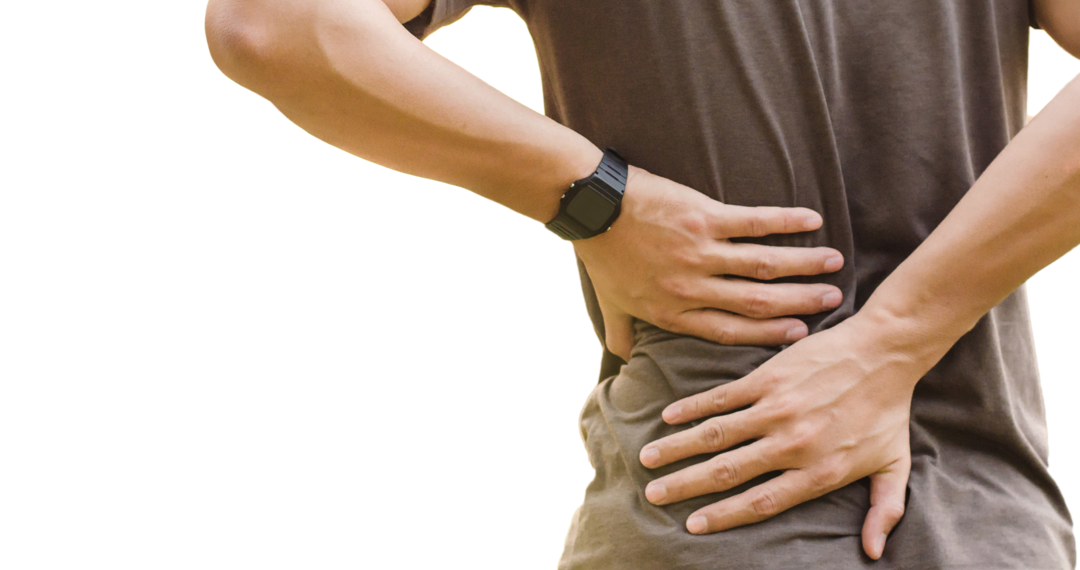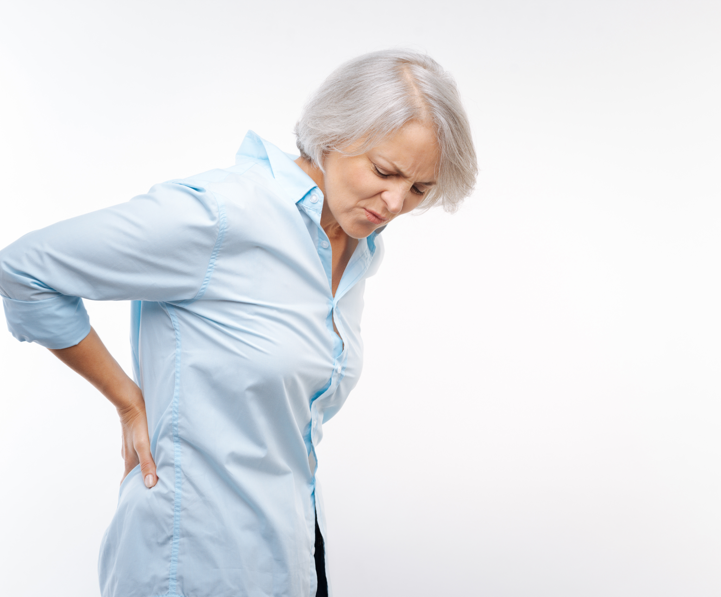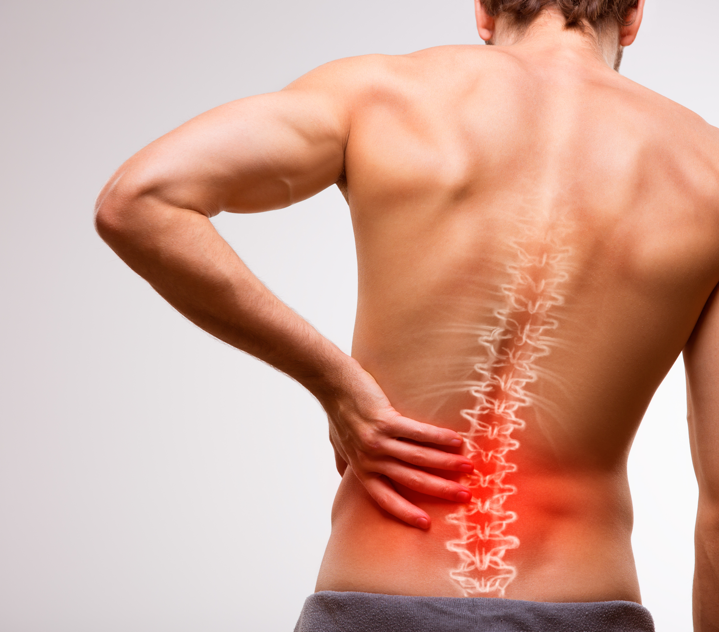Treatment for Low Back Pain
Hands-on treatments such as massage and specialized forms of
soft-tissue mobilization may be
used. They can help you begin moving with less pain and greater ease
Spinal manipulation, which has shown short-term benefits in people with
acute low back pain.
Commonly thought of as an adjustment, spinal manipulation helps reset the sensitivity of the
spinal nerves and muscles, easing pain and improving mobility. It involves a high-impulse
stretch of the spinal joints and is often characterized by the sound of popping as the
stretch
is done.
Ultrasound, heat, ice and electrical stimulation
Acupuncture – encourage healing and reduction in pain.
Clinical Pilates to re-educate and strengthen muscles. There is a great
deal of scientific
proof
that exercise and increased overall fitness reduce the risk of developing back pain and can
improve the symptoms of back pain once it begins. However, as a result of pain and
inactivity,
your muscles may become weak and deconditioned, and your back won’t function optimally.
Active
rehabilitation to prevent the harmful effects of deconditioning. With this active approach,
you’ll be shown how to lift and move safely. And you’ll be shown how to strengthen your back
muscles









